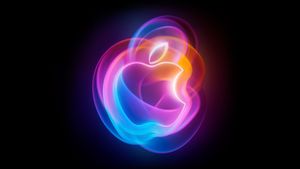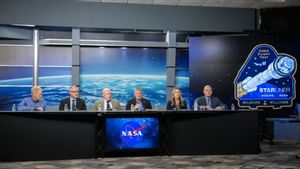JAKARTA Autonomous aircraft, system-controlled air transport, need to learn the environment to avoid danger during flight. Therefore, the aircraft requires a camera sensor. Armstrong Flight Research Center, a research facility for NASA's aviation, developed a camera pod with a dedicated sensor for autonomous aviation. This pod is called the Airport Instrumentation for Real-world Video of Urban Environments (AIRVUE). This tool has been paired to one of the manned helicopters at the Kennedy Space Center located in Cape Canaveral, Florida. NASA says that this helicopter with this pod has been flown by researchers as part of the initial testing phase. The team developing AIRVUE hopes that the pod can be used to collect visual weather data and other obstacles in the sky. This data set will provide cloud state information for air taxi manufacturers or autonomous aircraft.
SEE ALSO:
"Data is fuel for machine learning," said AIRVUE Project Principal Researcher Nelson Brown. "We hope to inspire innovation by providing realistic flight scenarios for the computer vision community." Brown added that this dataset is important to access as a tool for driving, both with drivers and not. So far, open data sets taken using pods are not yet available in the aviation sector. AIRVUE has computer algorithms that are claimed to work in various flight situations and are accurate. If these pod designs have been refined, the researchers will conduct additional evaluations and testing so that they can build more pods.
The English, Chinese, Japanese, Arabic, and French versions are automatically generated by the AI. So there may still be inaccuracies in translating, please always see Indonesian as our main language. (system supported by DigitalSiber.id)


















